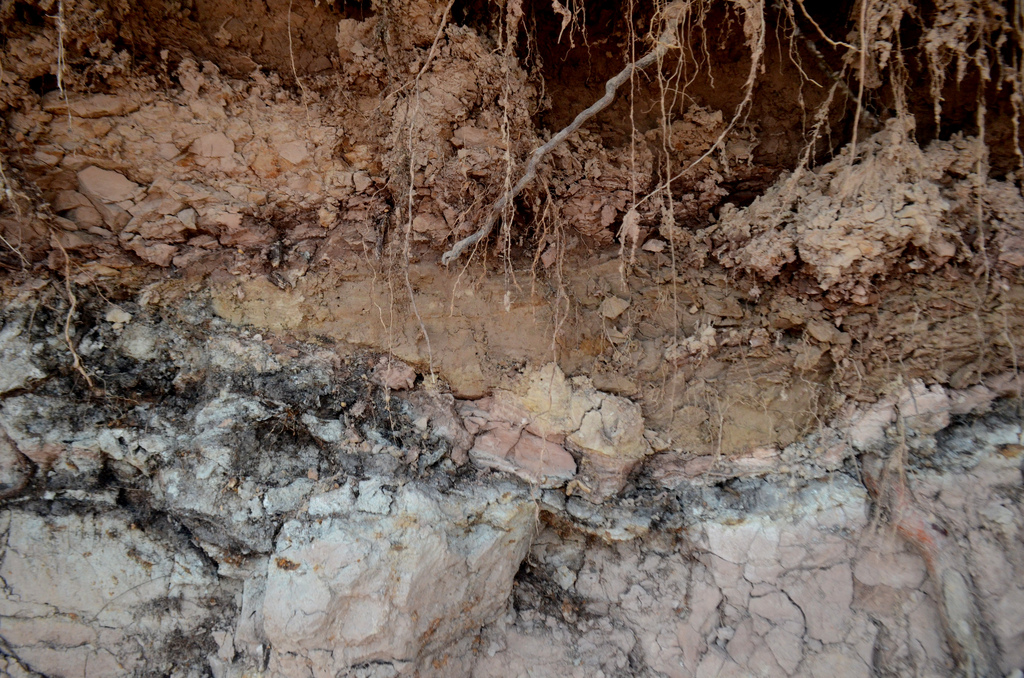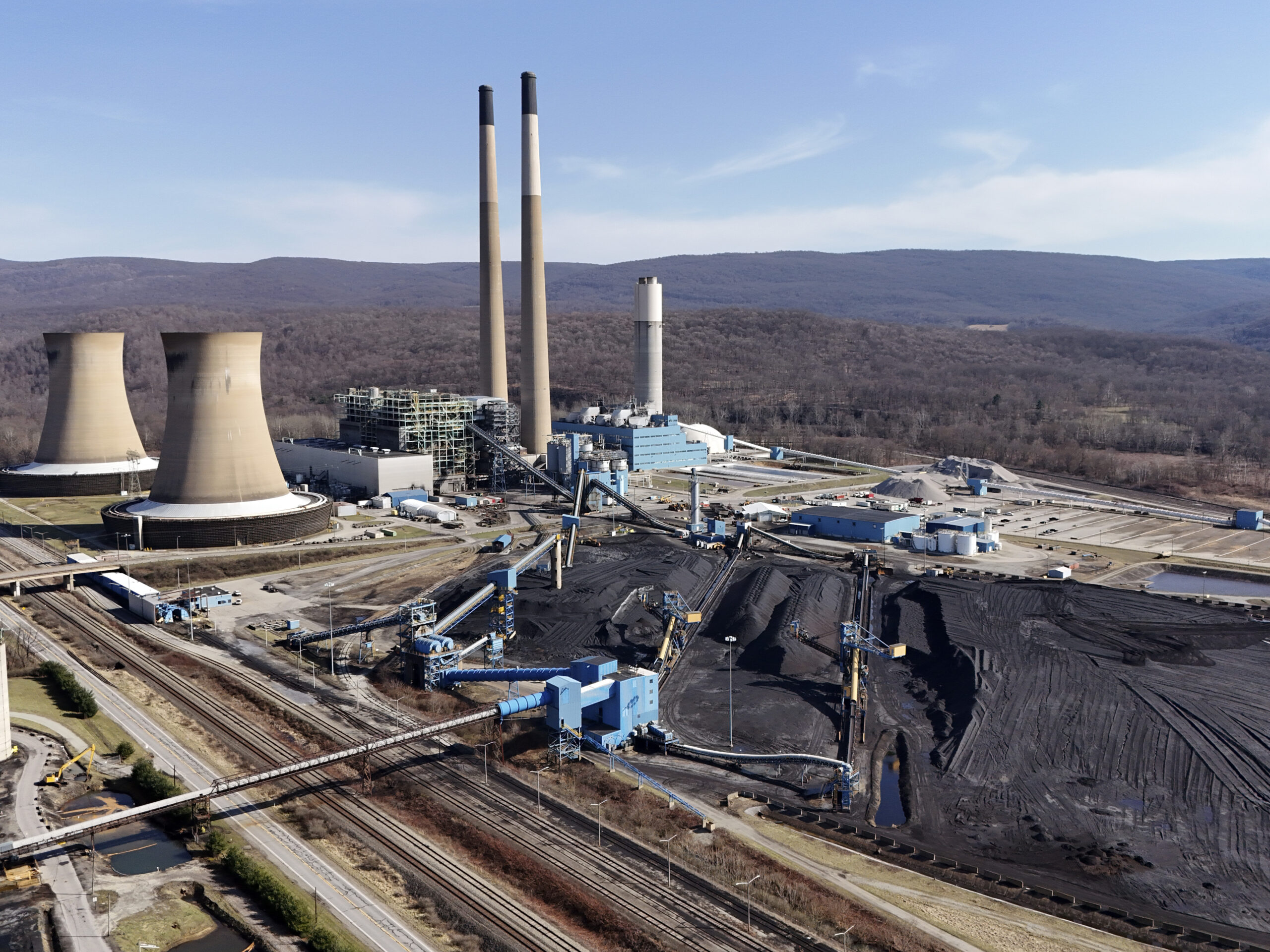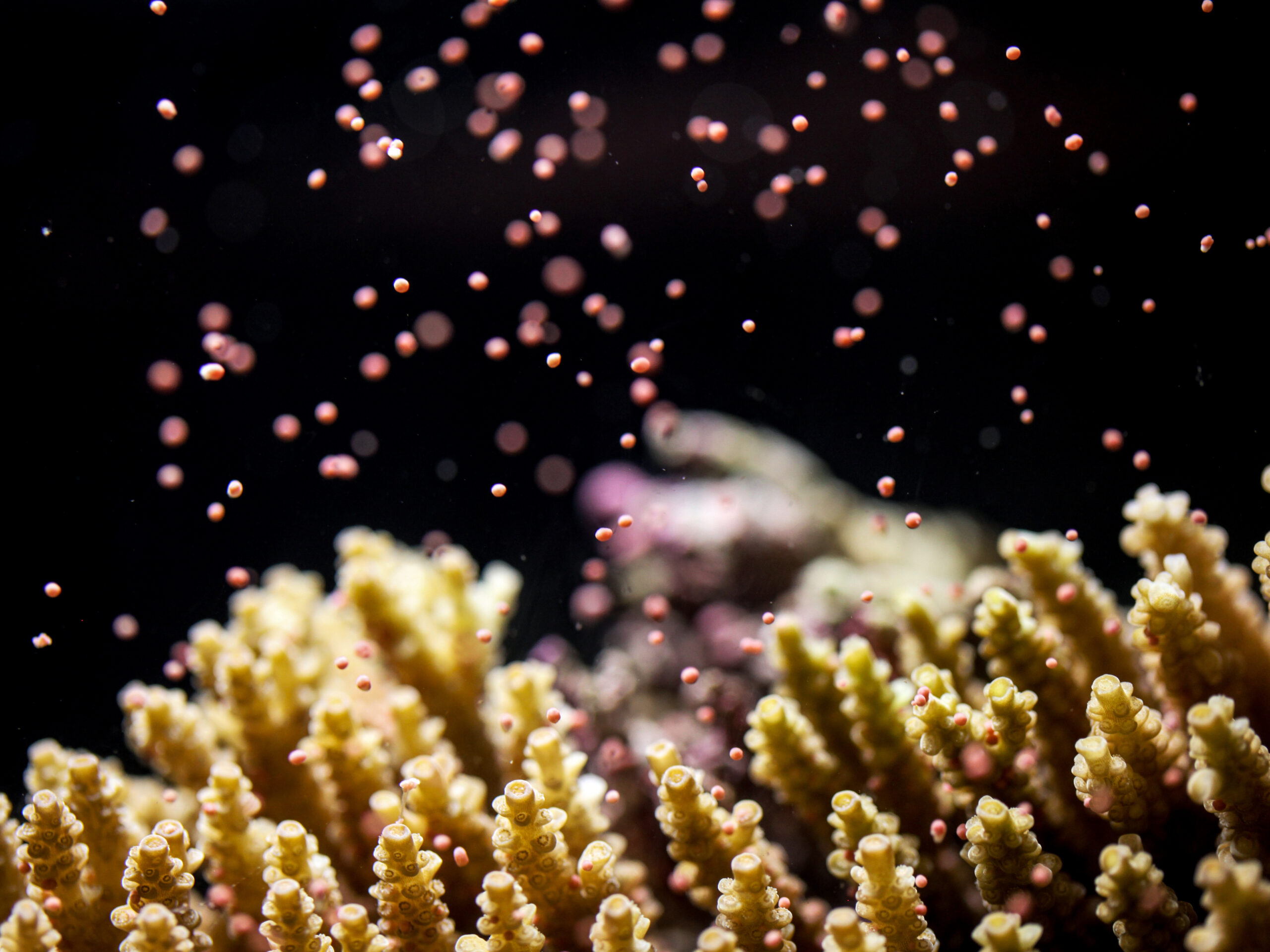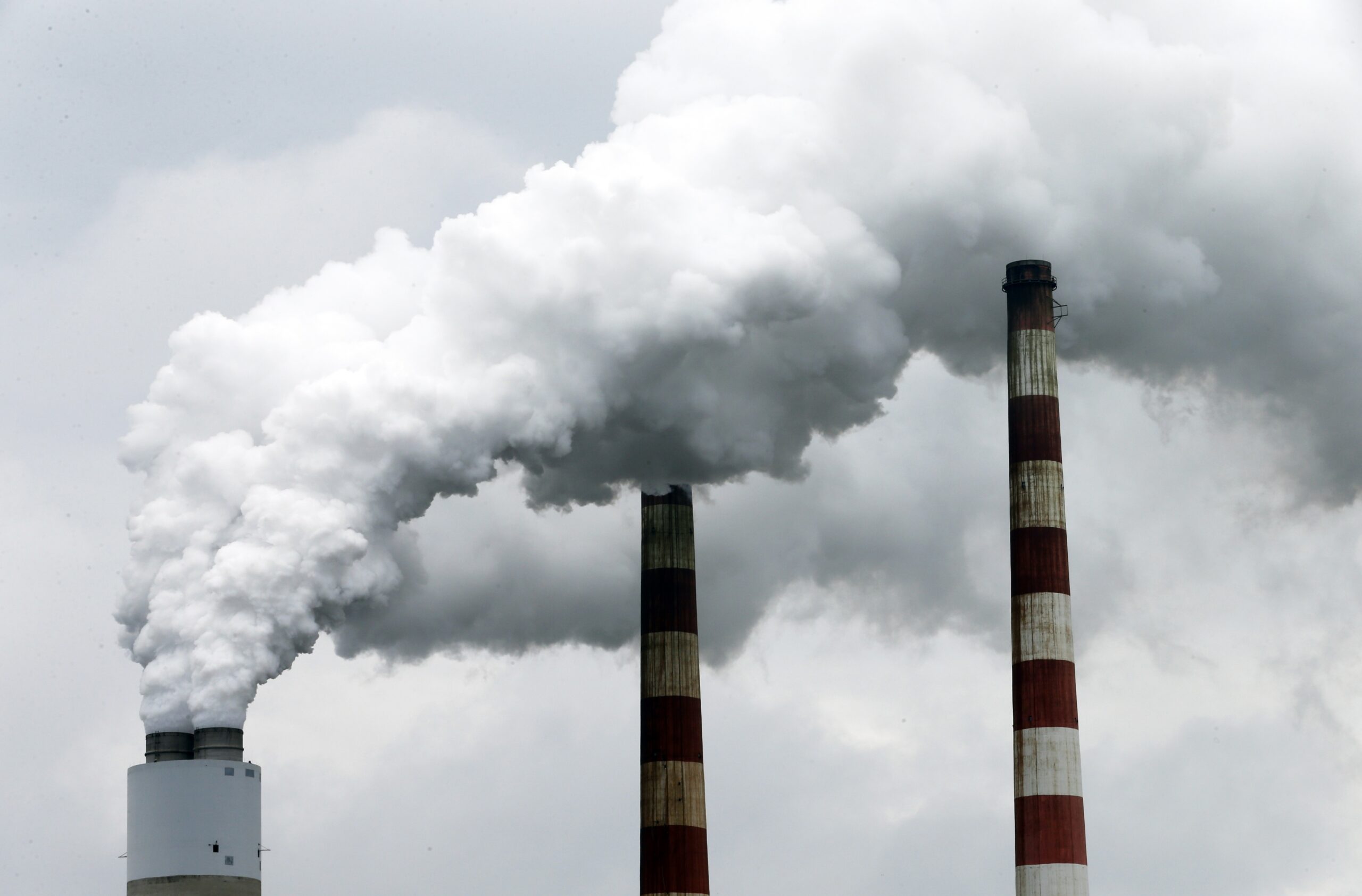International soil scientists are gathered in Madison, in part to discuss a link between soils and climate change.
Carbon is a key element of soil. Depending on how the ground is disturbed for things like agriculture, lots of carbon can be released into the atmosphere, adding to the potential for climate change. On the other hand, plants can help absorb a lot carbon into the soil, a process called “sequestration.” University of Wisconsin-Madison soil scientist Alfred Hartemink says the level of sequestration varies from place to place and climate to climate.
“We noted in parts of the state it’s warming up. The system is warming up, you’ll probably have more losses of carbon. In other parts of the state it’s drying up a little bit: We know we’ll get less rain, and if [there’s] less rain, we know we have less biomass production, so that might decrease the level [of sequestration]. But then there’s parts of the state where things get wetter and also a bit cooler, and in those parts you might actually sequester some carbon.”
Stay informed on the latest news
Sign up for WPR’s email newsletter.
Hartemink says the net balance remains unknown. One aim of a conference Hartemink has organized in Madison this week is to set research priorities. He expects discussion on topics like the chemistry of sequestration and how to rapidly assess the amount of carbon over large areas.
Wisconsin Public Radio, © Copyright 2024, Board of Regents of the University of Wisconsin System and Wisconsin Educational Communications Board.





